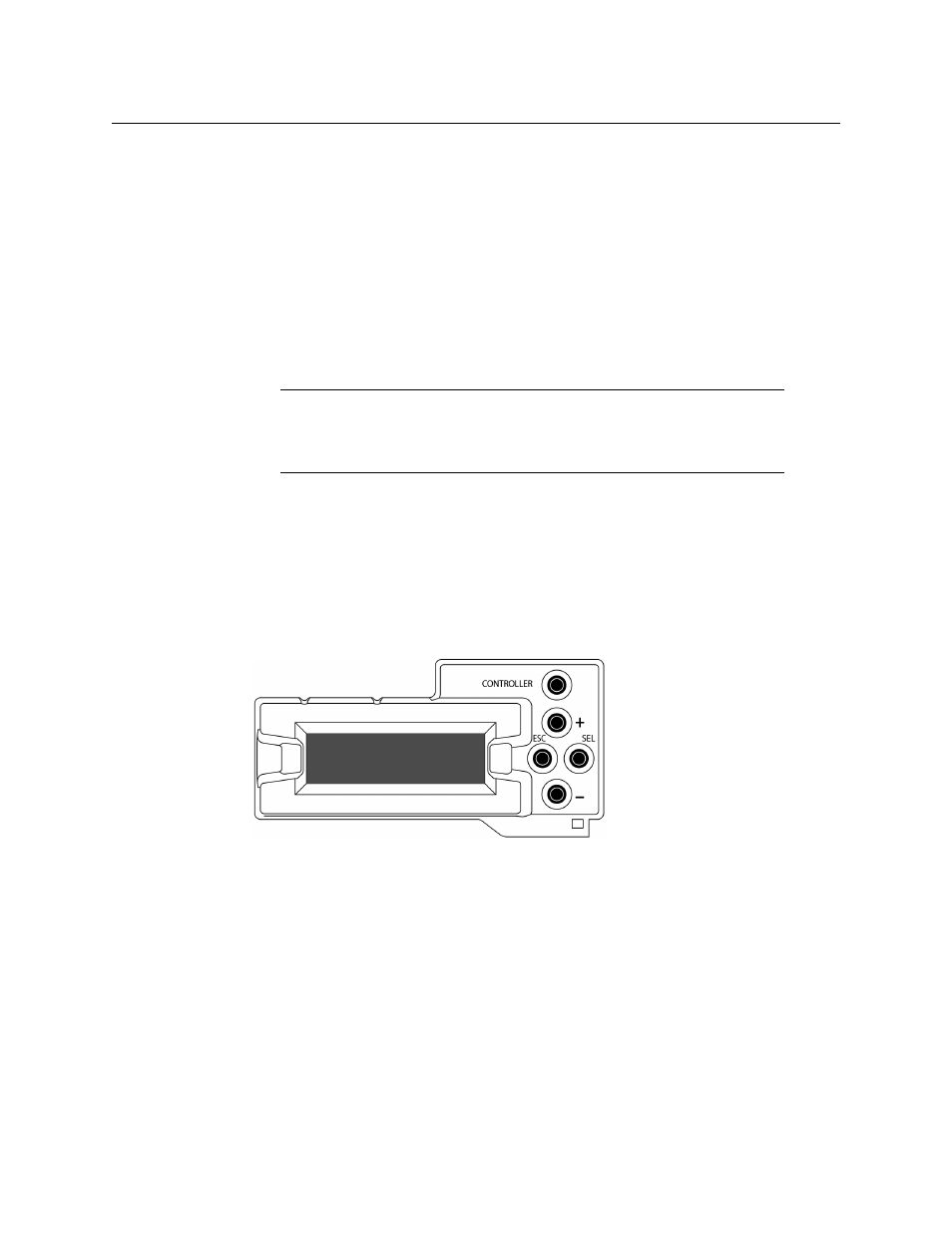Setting a densité cpu-eth2 controller’s ip address – Grass Valley Kaleido-Modular-X v.7.70 User Manual
Page 27

23
Kaleido-Modular-X
Quick Start Guide
• If you are setting up a single-head or a dual-head Kaleido-Modular-X, then replace
the IP address for Output A with an appropriate IP address, and change the
network mask and default gateway as appropriate. See
Settings for a Single- or Dual-Head System
The output card’s IP address will automatically become your system’s virtual
IP address.
4 Configure the Kaleido-RCP2, and Audio Bridge Terminal units you have connected to
your system, if any. See
Using the Kaleido-RCP2 with Default Settings
on page 33, and
Configuring an Audio Bridge Terminal
5 Complete your Kaleido-Modular-X system configuration by changing the system name,
if desired. See
You are now ready to open XAdmin and XEdit, from a client PC or laptop within the
same subnet, and verify your system communication status (see
Setting a Densité CPU-ETH2 Controller’s IP Address
To set the Densité controller’s IP address
1 On the housing frame’s local control panel, press the CONTROLLER button.
2 Press the [–] button repeatedly until ETH1 OPTIONS appears on the display, and then
press the SEL button.
3 Press the [–] button repeatedly until IP ADDRESS appears on the display.
4 Press the SEL button.
The current value appears on the display.
• Press the [+] and [–] buttons, to change the digit at the current input position.
• Press SEL to move one position to the right.
• Press ESC to move one position to the left.
5 When the display shows the desired value, press SEL repeatedly until you reach the last
position (if needed), and then press SEL once more to save your changes and return to
the previous menu level.
Note:
If there are more than one multiviewer in the same network
environment, it is important to assign each a unique system name, so that
you can tell them apart (for example, when using a remote control panel
such as the Kaleido-RCP2 or RCP-200).
- Kaleido-Modular-X Jun 11 2014 Kaleido-MX 4K (1RU) Quick Start v.7.80 Kaleido-MX 4K (3RU) Quick Start v.7.80 Kaleido-MX (1RU) Quick Start v.7.80 Kaleido-MX (1RU) Quick Start v.7.70 Kaleido-MX (1RU) Quick Start Jul 16 2014 Kaleido-MX (3RU) Quick Start v.7.80 Kaleido-MX (1RU) Quick Start Dec 17 2014 Kaleido-MX (3RU) Quick Start v.7.70 Kaleido-MX (3RU) Quick Start Jul 16 2014 Kaleido-MX (3RU) Quick Start Dec 17 2014
